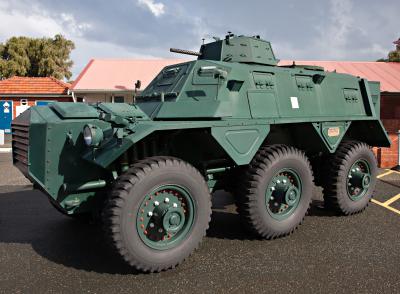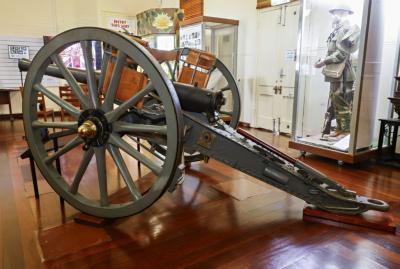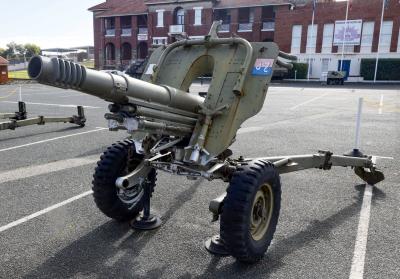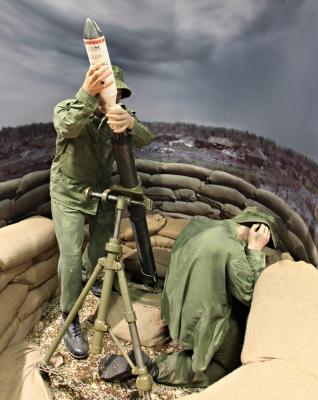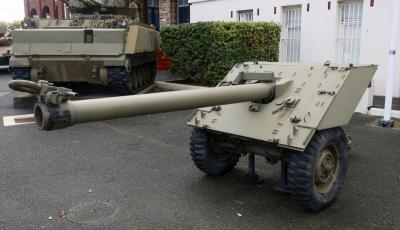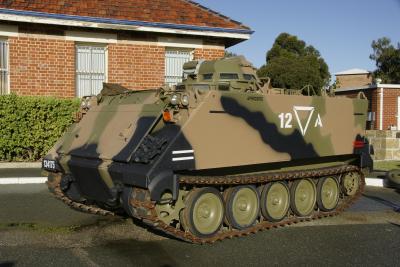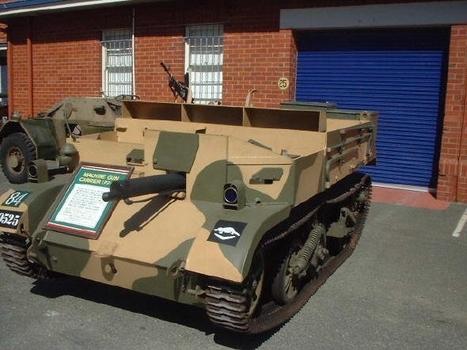The first carriers – the Bren Carrier and the Scout Carrier with specific roles – entered service before World War 2, but a single improved design that could replace these, the Universal, was introduced in 1940. With a crew of 2 to 5 depending on its role and powered by a Ford V8 water cooled engine, it had a top speed of 50 kilometres per hour and a range of 250 kilometres.
The first carriers manufactured in Australia was designated the LP1 (Local Pattern). They were produced in 1940 from plans copied from a single early model Carrier Bren No 2 Mk 1 imported from Britain in 1940. About 160 were built in Victorian before production switched to the improved LP2. Electric arc welding replaced hand riveting and a greater variety of weapons could be mounted instead of the original Vickers machine gun. This included Vickers, Bren, Hotchkiss and Lewis machine guns.
Between 1941 and 1943 approximately 4,800 carriers were built in four states; Ford Homebush in Sydney; Victorian Railways and Gas Works in Melbourne; South Australian Railways at Islington and State Engineering Works in North Fremantle.
The first production of 2,700 LP2 models had tools externally mounted on the left hull plate and the rear apron. Later models had all tools were mounted at the rear. Later models also had a changed interior layout to permit the mounting of a No 9 or No 11 radio at the right rear. The Museum’s example is of this type.
Post-war these carriers were sold off at surplus. Mostly they were purchased for their drive trains which were the same as Ford trucks. On the farm, the carriers proved too highly geared and light weight to be used as bulldozers or tractors.
